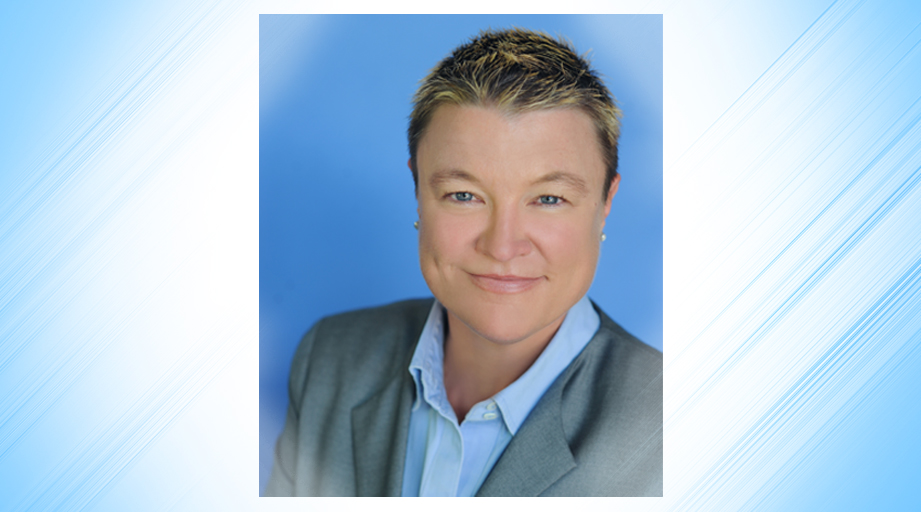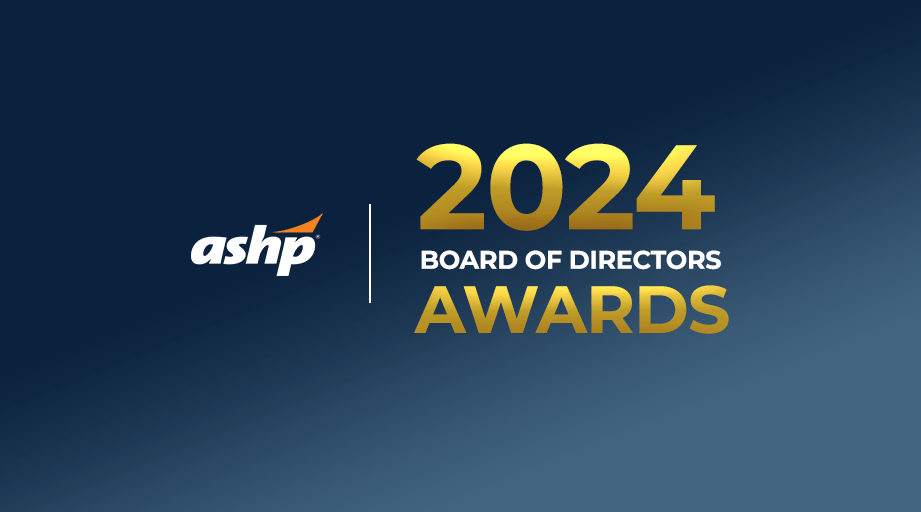
Eight years ago, ASHP’s Women in Pharmacy Leadership Steering Committee recommended collecting stories to show how women pharmacists handle their unique professional and personal challenges.
The result was our Letters from Women in Pharmacy: Stories on Integrating Life and Career, which was published as part of ASHP’s ongoing initiative to better understand the implications of pharmacy’s shift to a female-dominated profession — and take steps to help more women move into leadership positions.
To mark Women’s History Month, ASHP is sharing excerpts from the book, which features letters from 31 pharmacy leaders, who wrote in detail about their attempts to navigate the demands of their work and personal lives.
"These letters collectively emphasize the numerous successful approaches to blending a career and personal life while learning and applying various leadership styles,” the book’s co-editors wrote in the introduction.
Meghan Swarthout
Current Position: Director of patient care services at The Johns Hopkins Hospital
How and why she learned to prioritize: When I returned from maternity leave after my first child, I quickly learned that I needed to be as productive as possible at work by focusing on priorities. That meant creating a better system to prioritize my to-do list, minimize unproductive time, and have a plan to manage my overflowing email inbox. I heard a productivity coach speak at a conference, and I asked my organization to support me working with the coach for a defined period. I outlined how the investment would benefit the organization, and my request was approved. The coach spent time observing my behaviors, providing honest feedback, and helping me implement a new task management system. It was well worth the time and money invested!
On her husband being a stay-at-home parent
Our life decision to embrace less traditional gender dynamics in our household has been met primarily with support, sometimes with surprise, and occasionally with veiled or overt criticism. Making our partnership work and striving for the elusive work–life integration requires communication, accountability, a focus on priorities, and learning to live in the moment.
Yen T. Pham
Current Position: Chief Pharmacy Officer at Oregon Health and Science University
Learning from early adversity
At the age of six, I escaped Vietnam by boat with my father and seven siblings to seek freedom in the United States ... We were crammed into a small boat with a few hundred other refugees. Food was scarce, and we were provided only bread and water... Our family of nine waited for a year and a half to enter the United States. I truly believe this early experience established my core foundation and sustains me now throughout my work and leadership. These adversities taught me the value of being persistent and created a strong determination to prosper.
Tips for working with your boss
Manage your boss. Establish a trusting relationship with your boss. This is critical and can be difficult and challenging. If you can’t establish a trusting relationship with your boss after multiple attempts, it is time to move on. Think like your boss and always try to be ten steps ahead of him or her. In order to stay ahead, I have an open-door policy. My team readily shares any relevant information that would affect operations. As such, I relate to my boss the potential issues as well as solutions. Your role is to make your boss shine at the right moment and in the right environment.
Linda Tyler
Current Position: Clinical Professor at University of Utah, College of Pharmacy
The “luge run” of handling demanding jobs and young kids
The next few years were all about going to work, coming home, and spending time with my children and husband. We did no extra things. Even grocery shopping was a challenge. We kept things really simple. We make friends easily, which helps in building a stronger support network. We didn’t go anywhere after work where we couldn’t take our children. Every day was a puzzle; you figure out the plan for the day and hope nothing is derailed. It was like a luge run — going down the mountain, head first, keeping my fingers crossed that no one flinched. A flinch meant a spectacular crash and burn, but we would adjust and figure it out.
On forgiving yourself for not doing it all
Many years later, I was talking with a friend at a national meeting. I said that I got behind when I was on maternity leave, when my son was born, and I had not caught up. Another person asked, “How old is your baby?” I replied, “22.” She said that 22 months was such a fun age. I elaborated, “22 years.” I gave up the notion of being caught up long before. I had to set priorities and make choices. You have to forgive yourself for not getting everything done. If you are really engaged in your job and invested in your career, you will see all kinds of possibilities. However, you will never be able to do them all, so it is important to be realistic — learn how to say “no” effectively or negotiate the deadline.
Jennifer Loucks
Current Position: Ambulatory Clinical Pharmacy Manager at The University of Kansas Health System
Why “balance is baloney”
Throughout your life and your career, it makes more sense to tilt the scales in one direction or the other to achieve satisfaction and growth instead of balance. Residency is an example. You are taking one or two years of your life to train to gain the skills and experiences of three to five years in practice. Do you think you’re going to maintain equilibrium between work and life during those years? No, almost certainly not and that’s OK. For many pharmacists, part of the reason they complete a residency is to dedicate time to learn the skills and knowledge necessary to practice in a specific position or obtain their dream job. By taking a year or two and focusing more time on work than life, you can obtain your dream job faster. Then you can shift the equilibrium the other way and focus a bit more on life, while maintaining an enjoyable and rewarding career. Conversely, if you are only focused on maintaining a balance between work and life, and for this reason alone didn’t dedicate those years to training, it will probably take you much longer to achieve your dream job.
Lindsey Kelley
Current Position: Associate Chief Pharmacy Officer at University of Michigan Health
On being taught to hide the tissue box ...
As a learning manager I was taught that to avoid people crying in your office, one should simply hide the Kleenex ... This strategy to avoid connecting made sense to me. I knew from my own personal experience as a young person that connecting to people could be risky. While attending Alateen, a program to support children living in families with an alcoholic, I learned that the behaviors of alcoholics were not in my control. This was a valuable lesson at this point in my life. However, I internalized this to mean that distancing myself from others offered emotionally protective value, that it was easier to make hard decisions when there was space between myself and others. Using this tactic in my work life seemed to serve the same emotionally protective mechanism. For example, it allowed me to manage the pain of firing employees I knew to be good human beings when they weren’t meeting the expectations of their jobs.
... And deciding not to hide it
Not long after my introduction to the concept of vulnerability as courage, I removed the tissue box from the drawer where it had lived for years. I moved it out and displayed it prominently. This is my simple and subtle attempt at encouraging vulnerability and honoring those who enter my office. It has become a conversation-starter to talk to others about this concept of vulnerability and what it truly means to be supportive, to demonstrate empathy, to say, “This space is a safe space. Cry as much as you want. Here are the tissues.”








